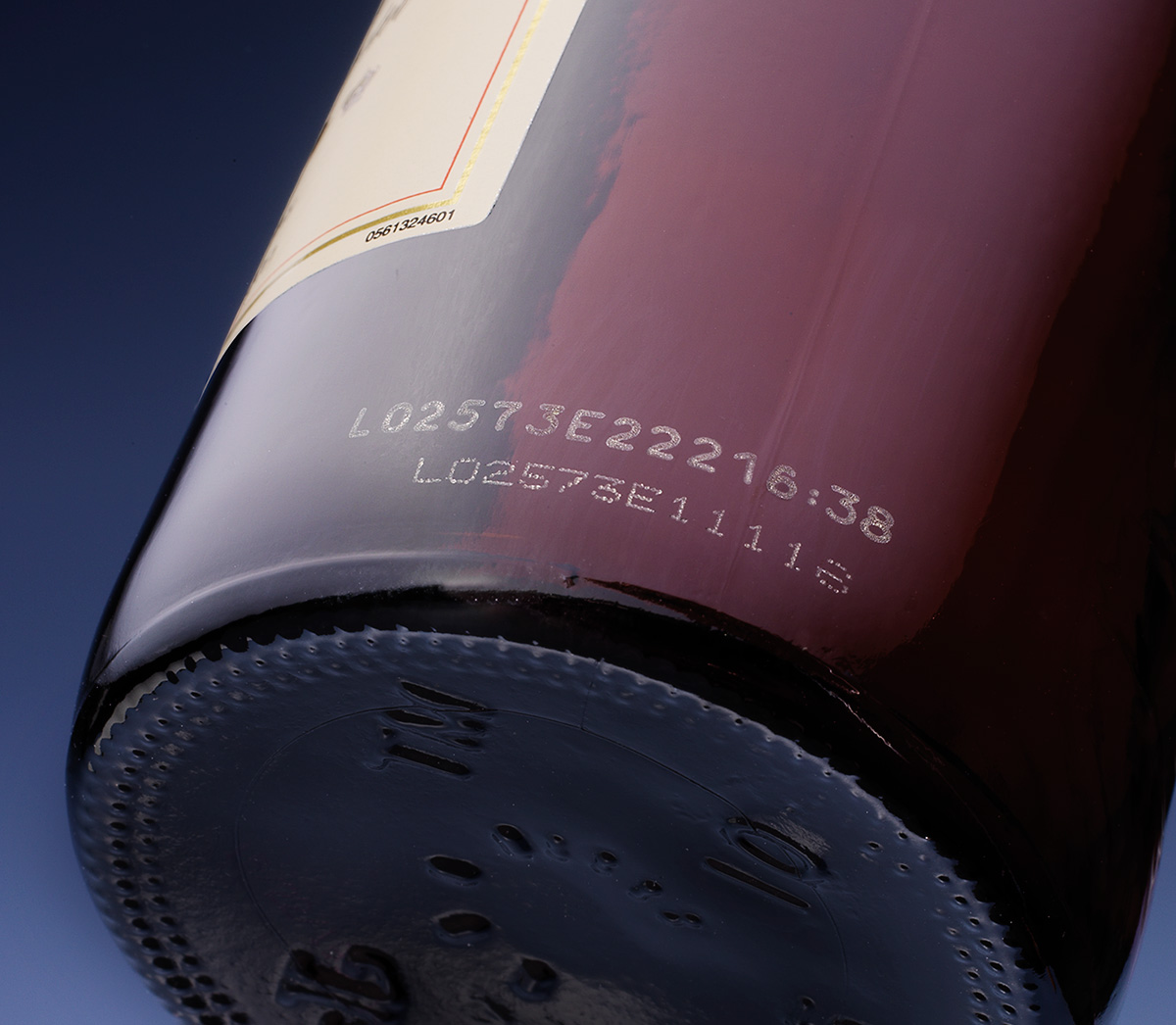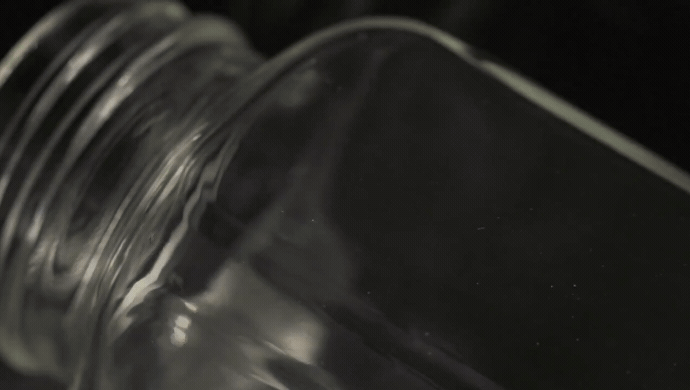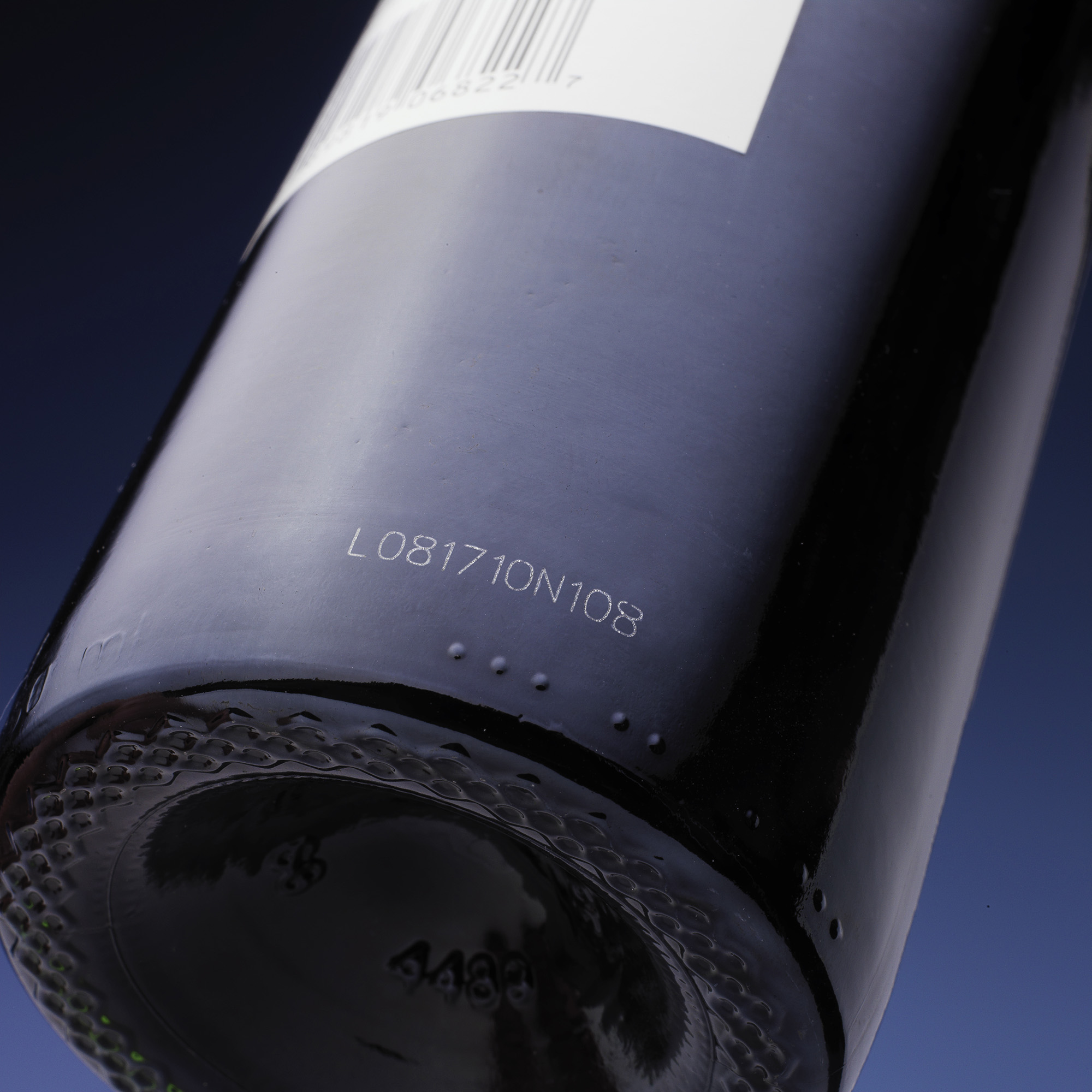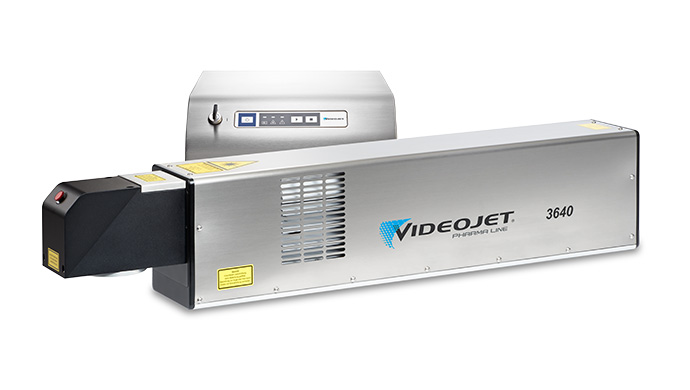
Laser Marking on Glass
Laser marking produces permanent high-resolution codes on nearly any color or type of glass. The permanent marks protect codes from being tampered with by unauthorized channels. Moreover, high-quality marking enables clear coding and help instill brand confidence with customers.
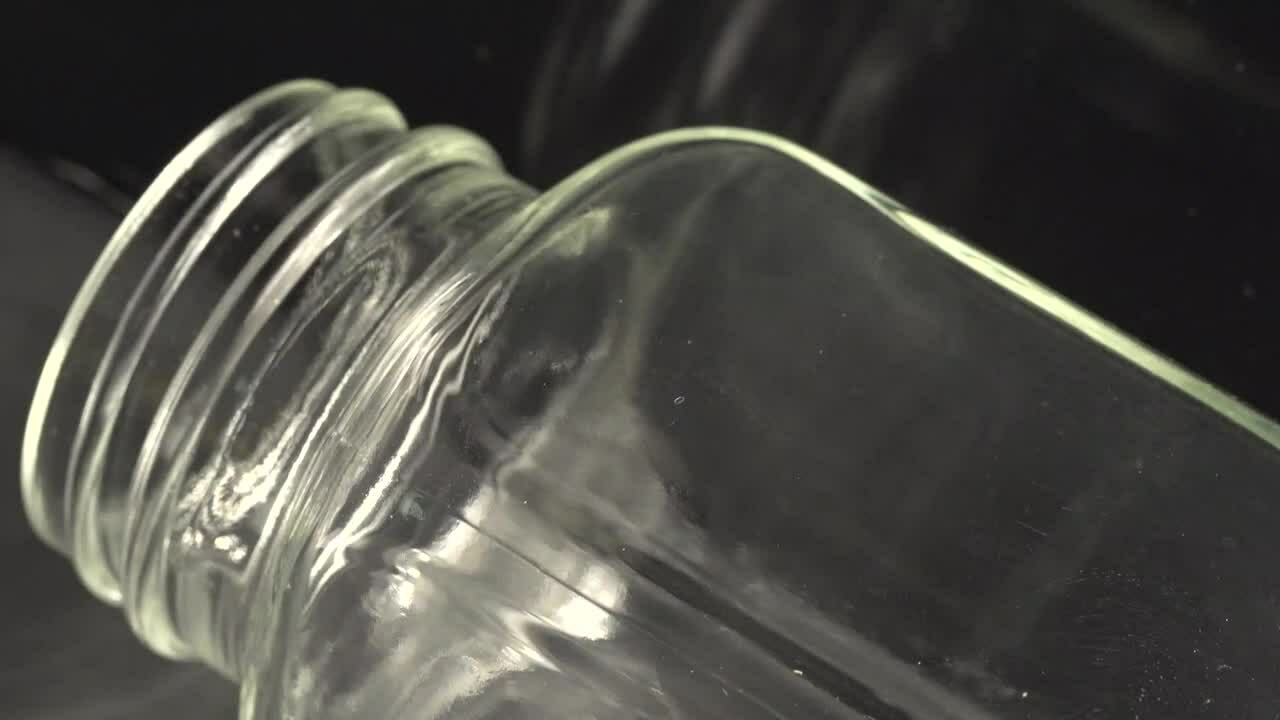
Why choose lasers for marking on glass?
Laser marking offers five advantages in comparison to ink-based printing systems.
- Permanent and durable marking that withstands harsh environments.
- High precision and clarity to help ensure legibility and quality.
- Non-contact process, reducing the risk of damage to the glass surface.
- Versatility in marking various shapes and sizes of glass surfaces.
- Cleanliness of the production environment.
Applications
Videojet laser marking solutions are ideal for:
- Beverage bottles: Produce clear and permanent date codes, batch numbers, and logos.
- Pharmaceutical containers: Enhance traceability with precise and durable markings.
- Cosmetic bottles: Achieve high-quality branding and product information.
Lasers offer clean operation without inks and other fluids. In addition, whether you are using CO2, fiber, or UV technology, a complete laser marking system requires fume extraction. These systems remove fumes, smoke, and particulate debris generated during the marking process, helping to keep the production environment clean.
Without requiring ink or ribbons, lasers enable operational cost savings over industrial printers.
Types of laser marking machines for glass
Creating permanent and high-contrast marks, CO2 is the most suitable laser technology to mark on glass.
CO2 lasers on glass
CO2 lasers deliver high-contrast codes on with variety of substrates including glass. These systems use a carbon dioxide gas mixture as the laser medium to create high-contrast marks. As a result, this innovative system is ideal for marking glass bottles and flat glass surfaces.
This information is only a glimpse of what a CO2 laser can do. We would always recommend speaking to a product expert to learn more about the different user interfaces, beam outputs, and any limitations that can exist to ensure you are choosing the right solution for your production needs.
Videojet CO2 lasers
- Marking speeds: up to 2,100 characters/second
- Maximum line speed: up to 900m/min
- Wattage: 10W, 30W, 60W
- Permanence of codes: Laser marks can survive the lifetime of the product.
- High quality codes: provides unique marks through a diverse combination of marking heads, lenses, and wavelength options.
- No consumables and low carbon footprint: CO2 lasers don’t require inks or other fluids, reducing costs and helping customers with their sustainability goals.
- Less maintenance: maintenance-free, leading to improved ease of operation.
Videojet laser markers for glass applications
Laser marking systems
Videojet 3640
FAQs
Most types of glass can be laser etched or engraved. However, the quality of the marking may vary depending on the glass composition.
The ideal power and speed settings depend on the type of glass and the desired depth of the etching. Videojet offers a wide range of power and lenses to help create the best codes possible. Our experts can help you determine the optimal settings for your specific application. At one of the global Videojet sample labs, Videojet can mark a sample your material free of charge.
The depth of the etching can be adjusted based on your requirements, ranging from surface-level markings to deeper engravings.
Yes, our laser marking systems are capable of engraving on curved or irregularly shaped glass containers with high precision.
Videojet has many different wavelengths that can produce desired effects. Typically customers prefer CO2. However, the Videojet sample lab can provide a customized solution based on your specific needs.

